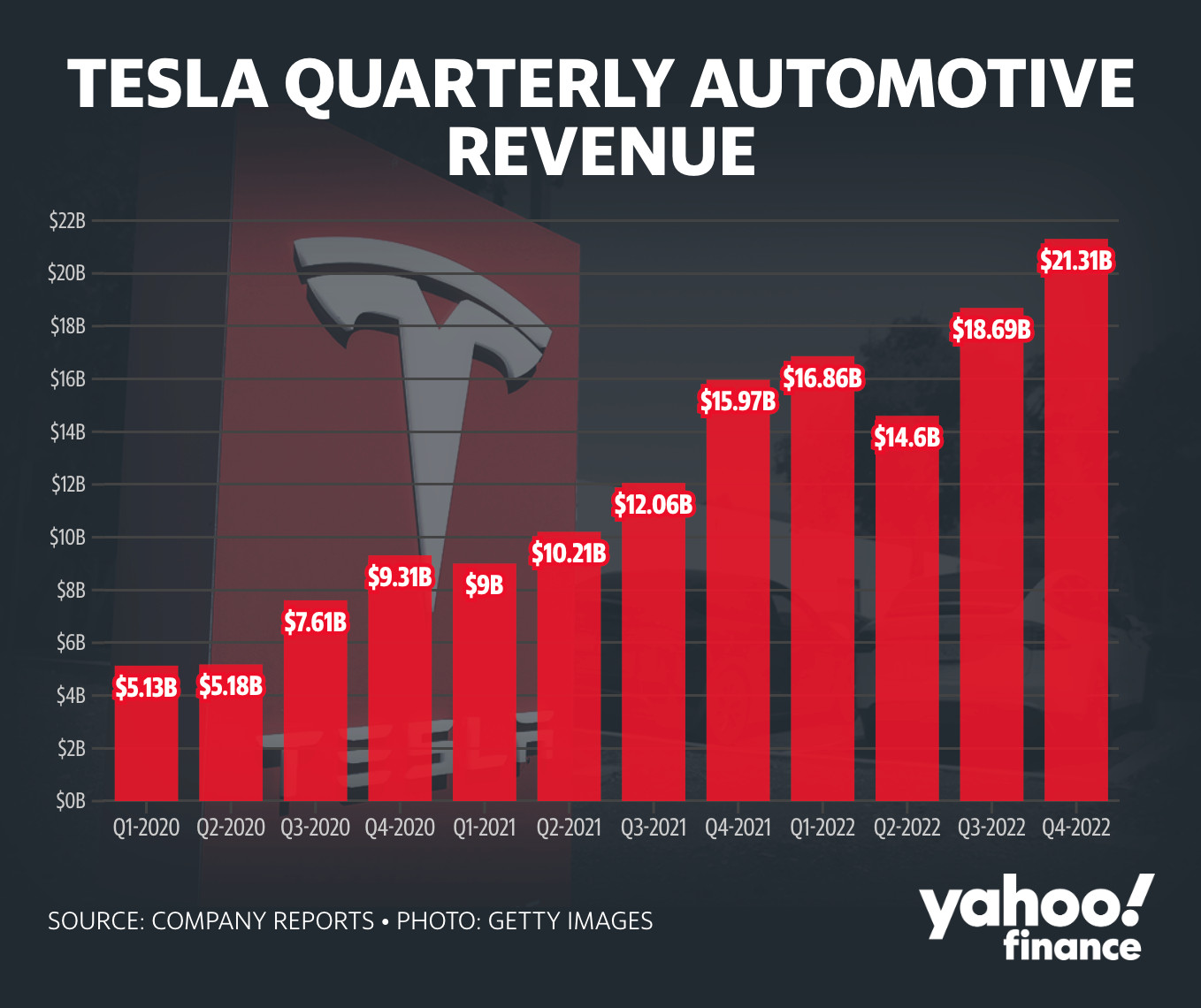The Federal Reserve on Thursday made its second rate cut of this year, with the decision coming less than two months after the central bank's surprise jumbo cut in September. The Fed shaved borrowing costs by 0.25 percentage points, or half the size of its September reduction, according to its Thursday statement. That brings down the federal funds rate — the interest rate banks charge each other for borrowing money — to a range of 4.5% to 4.75% from its current 4.75% to 5% level.
With the Federal Reserve's preferred inflation measure dropping to 2.1% last month, just shy of the Fed's 2% goal, the central bank is easing off the brakes it applied when inflation hit a 40-year high during the pandemic. High borrowing costs have made it more expensive to buy everything from homes to cars.
The Fed's 0.25 percentage point cut will provide some added relief for consumers, although the initial benefit will be small, experts say. The Fed is expected to continue cutting rates at its next several meetings, which could snowball into bigger savings for borrowers.
Impact on Borrowers
The Fed's rate cuts are intended to stimulate the economy by making it cheaper for businesses and consumers to borrow money. This can lead to increased investment and spending, which can boost economic growth. However, the impact of these cuts on individual borrowers will vary depending on the type of debt they hold and the specific terms of their loans.
"Once a few more cuts happen over the next few months, the impact will add up to something that moves the needle for the average person struggling with debt," said Matt Schulz, LendingTree chief credit analyst, in an email. "For now, however, the effect of these cuts won't be very noticeable."
Credit Card Rates
Credit card rates are already slightly lower, although they still remain close to record highs, according to Schulz.
"While they'll almost certainly continue to fall in coming months, no one should expect dramatically reduced credit card bills anytime soon," he added. "Unless the Fed dramatically accelerates its pace of rate cuts, it'll still be a while before these reductions add up to more than just a few dollars per month coming off your bill."
Mortgage Rates
Despite the Fed's September cut, mortgage rates have increased over the last month, with the average interest rate on a 30-year fixed-rate loan sitting at about 6.72%, according to Freddie Mac. That's up from a September low of 6.08%.
Even though the Fed's rate decisions impact mortgage rates, home borrowing costs are also affected by economic trends such as unemployment. Meanwhile, Treasury yields have been on the rise due to concerns about rising U.S. debt and the presidential election.
The Fed's Role in the Economy
The Federal Reserve is the central bank of the United States. It has a dual mandate: to maintain price stability and to promote maximum employment. To achieve these goals, the Fed uses a variety of tools, including setting interest rates, buying and selling government bonds, and regulating banks.
The Fed's decisions about interest rates can have a significant impact on the economy. When the Fed lowers interest rates, it makes it cheaper for businesses and consumers to borrow money, which can stimulate economic growth. Conversely, when the Fed raises interest rates, it makes borrowing more expensive, which can slow economic growth.
The Fed's rate cuts are designed to stimulate economic growth by making it cheaper to borrow money. This is expected to lead to increased investment and spending, which can boost the economy. However, the impact of these cuts on individual borrowers will vary depending on the type of debt they hold and the specific terms of their loans.
What's Next for the Fed?
The Fed is expected to cut its benchmark rate to a range of 4.25% to 4.5% at its December meeting. That would reflect a full percentage point cut from its pre-September level, when the federal funds rate was at its highest in more than two decades. The Fed announced its decision at 2 p.m. ET on Nov. 7. That is followed by a press conference with Fed Chair Jerome Powell at 2:30 p.m. The next Fed rate decision will be announced on Dec. 18.
The Election and the Fed
The November 7 meeting is the first Fed rate decision since the Nov. 5 election propelled former President Donald Trump to victory. Although Federal Reserve Chair Jerome Powell is likely to be asked about the potential impact of Trump's policies on monetary policy and the economy during today's press conference, Powell has generally shied away from direct commentary on White House administrations. Instead, he has stressed the independence of the central bank and that its officials make their decisions based on data, not politics.
Even so, Trump's policies could make the Fed's job more difficult, given that the president-elect's combination of tariffs, tax cuts and mass deportation of undocumented immigrants is expected to boost prices by as much as 1 percentage point at a time when inflation is close to the Fed's goal of an annual 2% rate.
A Balancing Act
The Fed's rate cuts are a balancing act. The central bank is trying to stimulate economic growth while also keeping inflation under control. If Trump's policies reignite inflation, the Fed would be hard-pressed to continuing easing borrowing costs, and could instead be forced to raise rates to counter those inflationary pressures.
"As long as investors remain worried about what the future may bring, Treasury yields, and, by extension, mortgage rates are going to have a tough time falling and staying down," noted Jacob Channel, senior economist at LendingTree.
The Bottom Line
The Fed's rate cuts are a positive development for borrowers, but the impact will be gradual. It will take several months for the full effects of these cuts to be felt, and the ultimate outcome will depend on a number of factors, including the direction of the economy, inflation, and the policies of the incoming Trump administration.


















